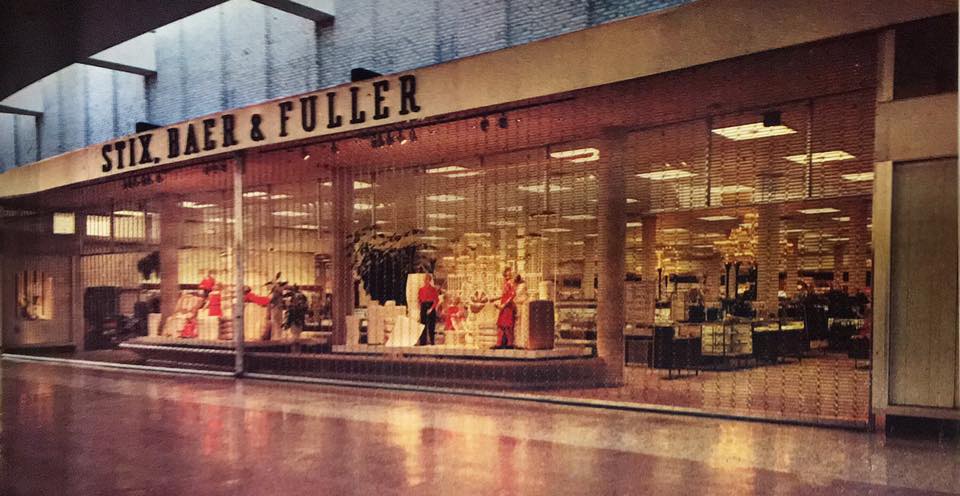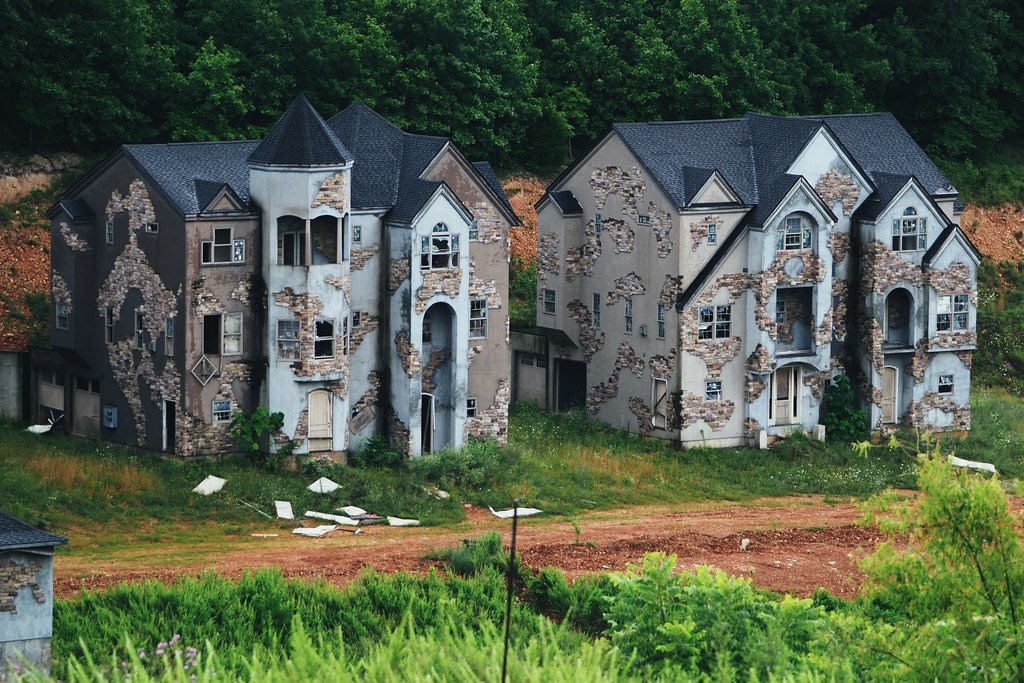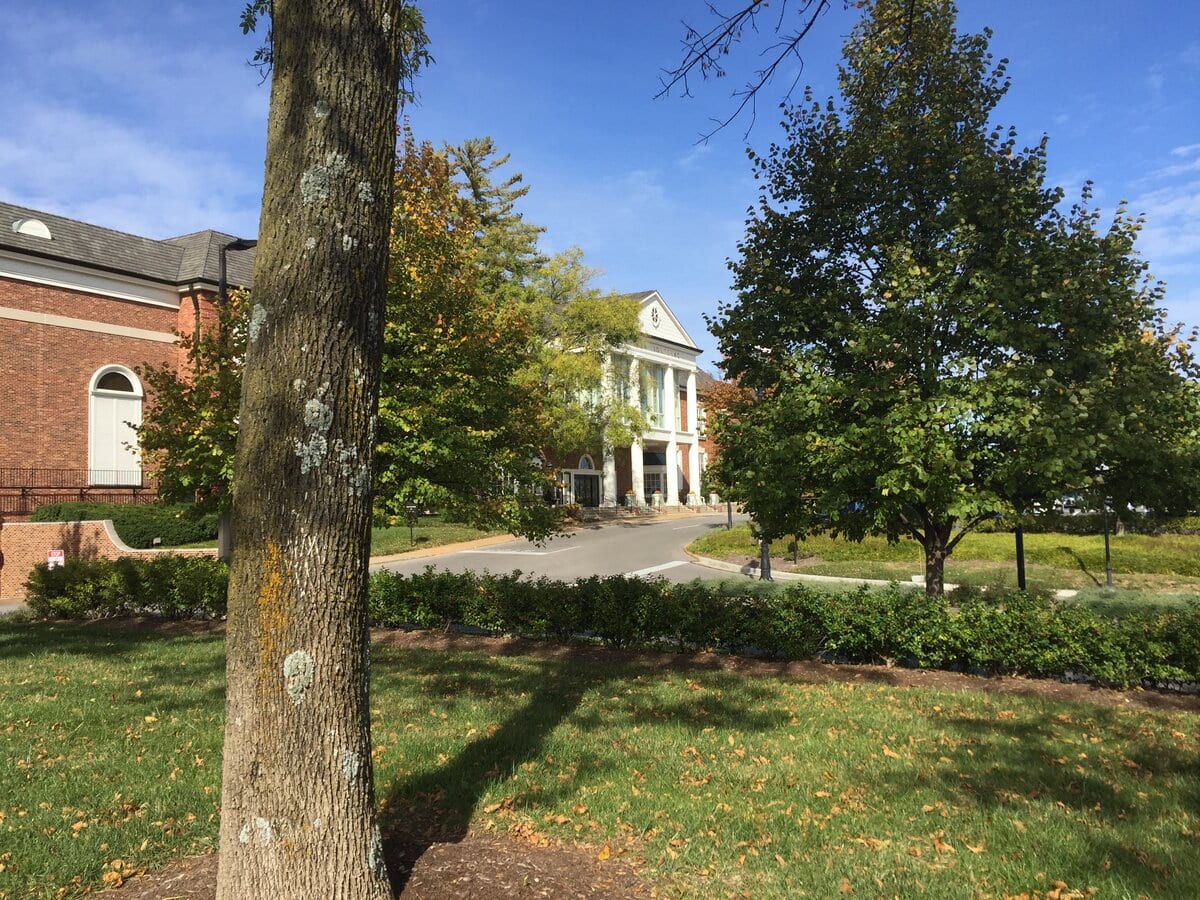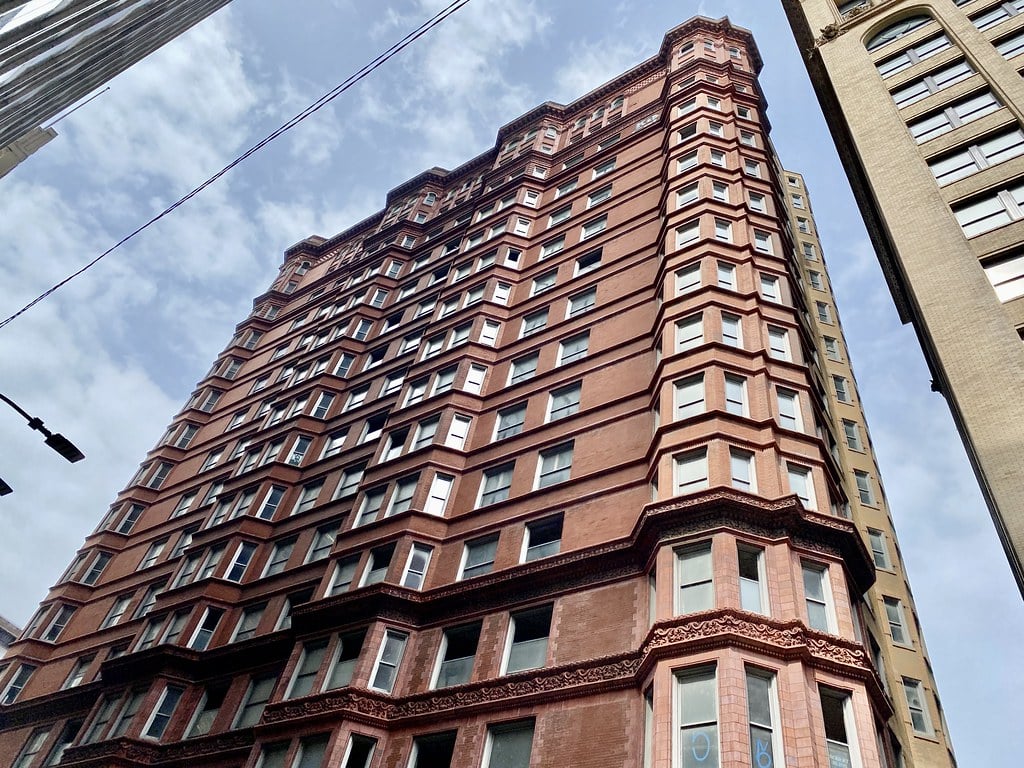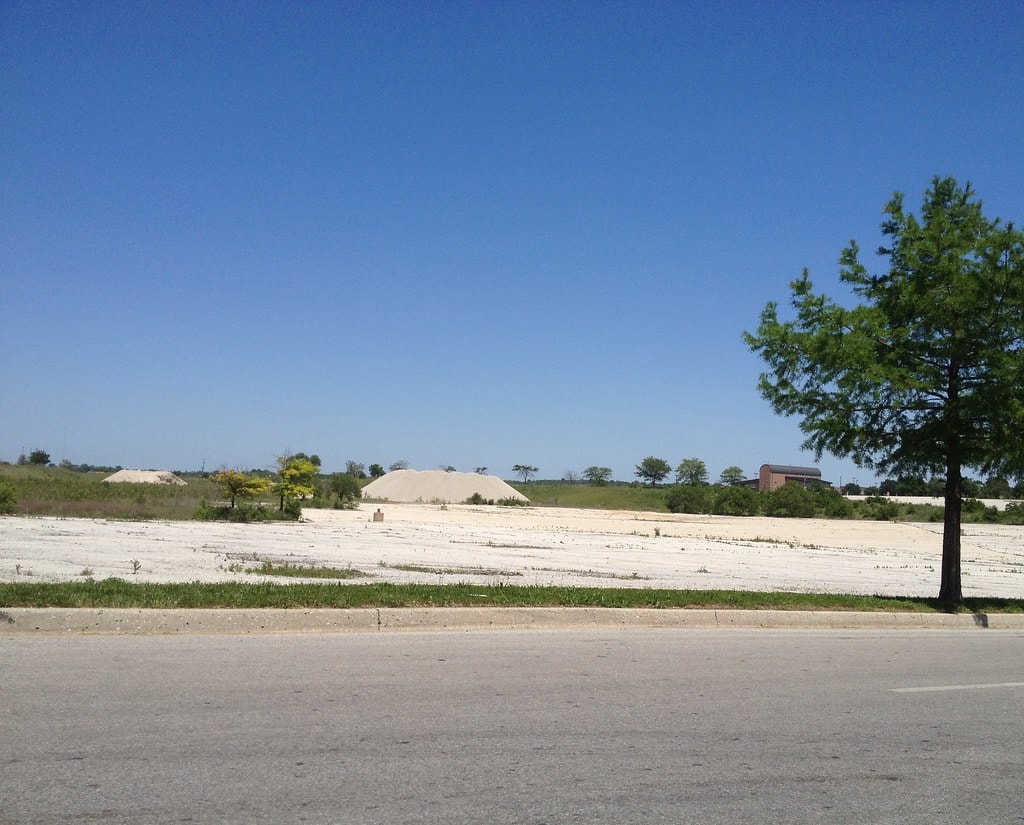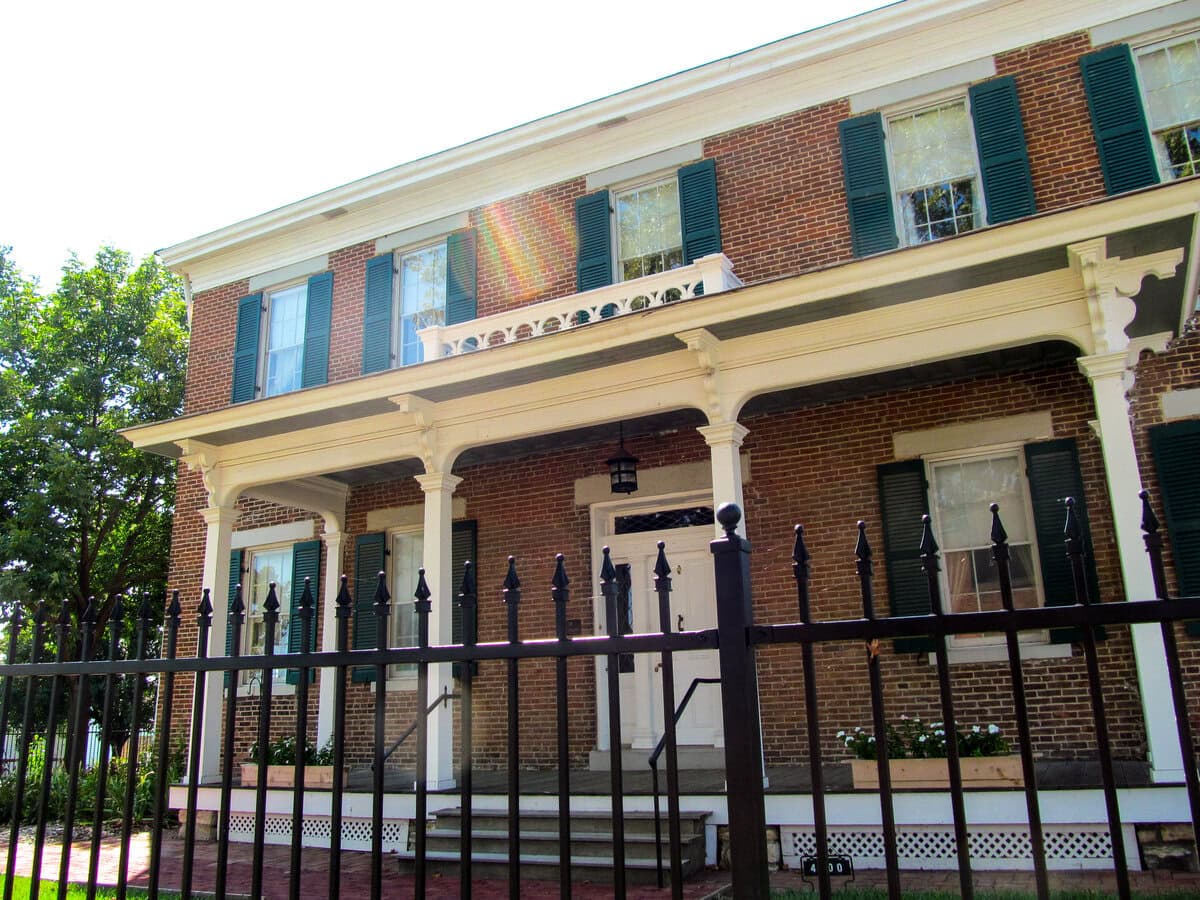The Most Haunted Places and Legends in Missouri
Missouri has its fair share of ghost stories, cryptid sightings, and eerie legends that have lasted decades, sometimes even centuries. From shadowy figures lurking on abandoned roads to mysterious lights that float through the night, these stories have become part of the state's identity. Some have roots in historical events, while others seem to thrive on whispers passed down through generations.
People come from all over to see if the stories hold any truth. Some seek out haunted hotels, hoping to catch a glimpse of a spirit wandering the hallways.
Others walk old trails at dusk, listening for footsteps that shouldn't be there. A few brave souls even go searching for creatures that, according to some, shouldn't exist at all.
These legends aren't just about fear, they tap into curiosity, adventure, and the unknown. Why do so many people report hearing unearthly howls in the Ozarks?
What keeps the Spooklight appearing year after year despite all the scientific explanations? And what is it about an ordinary stone chair in a cemetery that makes people hesitate before sitting down?
Some dismiss these stories as exaggerations or misinterpretations. Others swear they've seen things they can't explain.
Either way, Missouri's urban legends have a way of keeping people talking, questioning, and, in many cases, coming back for more.
The Devil's Chair: Cemetery Myths and Midnight Dares
A Stone Chair That Carries a Dark Reputation
In Highland Park Cemetery, located in Kirksville, Missouri, there's a stone chair that has drawn attention for over a century.
It isn't part of any grand monument, yet it carries a reputation that has made it one of the town's most talked-about landmarks.
This chair, known as the Baird Chair, was placed in 1911 by David Baird as a memorial to his wife, Anna Maria. What started as a simple grave marker became the centerpiece of a chilling legend.
Locals call it the "Devil's Chair," and the name alone is enough to keep some people away. Others, though, seek it out, drawn by the stories of what happens to those who sit on it at the wrong time.
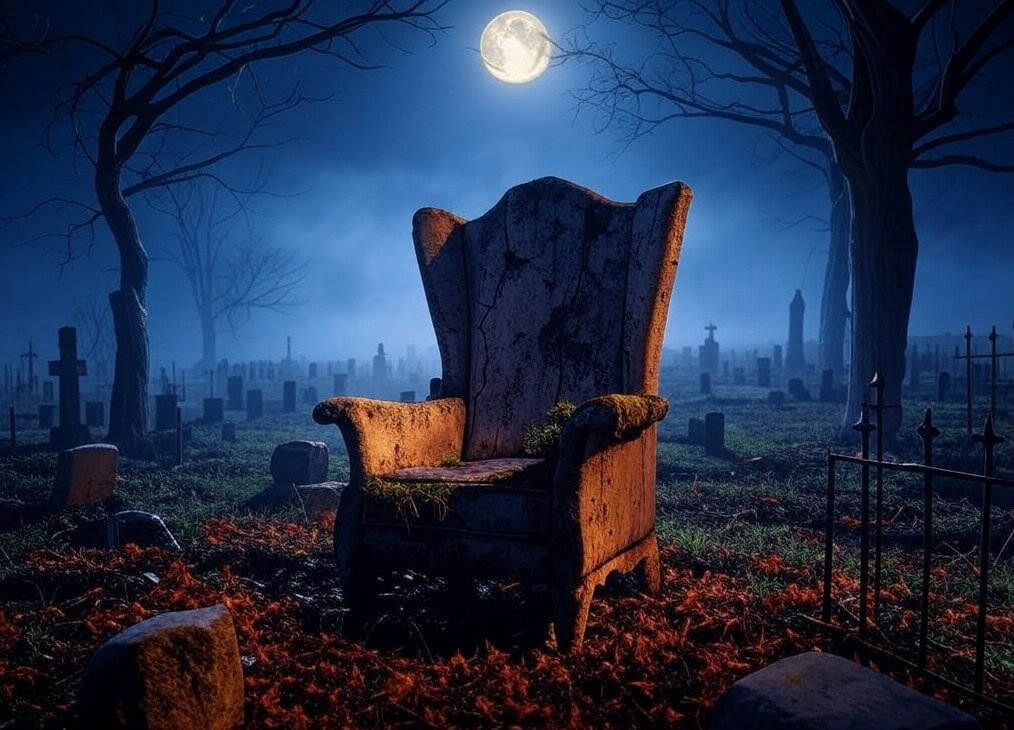
It isn't every day that a cemetery bench turns into an object of superstition. Most grave markers are meant to be looked at, not interacted with. This one, however, invites people to take a seat, something that has fueled its eerie reputation.
Stories say that if you sit in the chair at midnight, the devil himself will appear, or you'll hear whispers that seem to come from nowhere.
Others believe that those who sit in it on Halloween will either be cursed or rewarded, depending on who tells the story.
The idea that a simple stone seat could be linked to the supernatural has kept the legend alive for generations.
Why It's Unique
While "Devil's Chairs" exists in other cemeteries across the United States, Kirksville's version stands out because of its well-documented history and location.
The Baird Chair isn't an abandoned relic; it's a real, tangible object in an active cemetery.
Unlike many urban legends that rely on vague locations, this one has a clear setting, making it easy for thrill-seekers to visit.
Unusual Experiences to Be Obtained
- Sitting in the chair at midnight to test the legend firsthand.
- Taking photos or recording audio to capture unexplained phenomena.
- Visiting the cemetery during the day to appreciate its historical significance.
- Talking to longtime Kirksville residents about how the legend has changed over time.
The Ozark Howler: Tracking Missouri's Mystery Beast
A Cryptid That Stirs Debate
The Ozark Howler has been part of regional folklore for decades, with reported sightings across Missouri, Arkansas, Texas, and Oklahoma.
Witnesses describe it as a large, black, cat-like creature with glowing red eyes and either horns or thick, curled ears.
Its most distinctive trait, however, is its chilling howl, a deep, echoing sound that some say resembles a wolf's cry mixed with an elk's bugle.
The first widely known sightings date back to the early 20th century, though some argue that tales of a similar beast go back even further.
Hunters, hikers, and rural residents have all claimed to have encountered something large and unidentifiable in the dense forests of the Ozarks.
Despite numerous reports, no clear evidence has surfaced, leading skeptics to believe the creature is either misidentified wildlife or a well-crafted hoax.
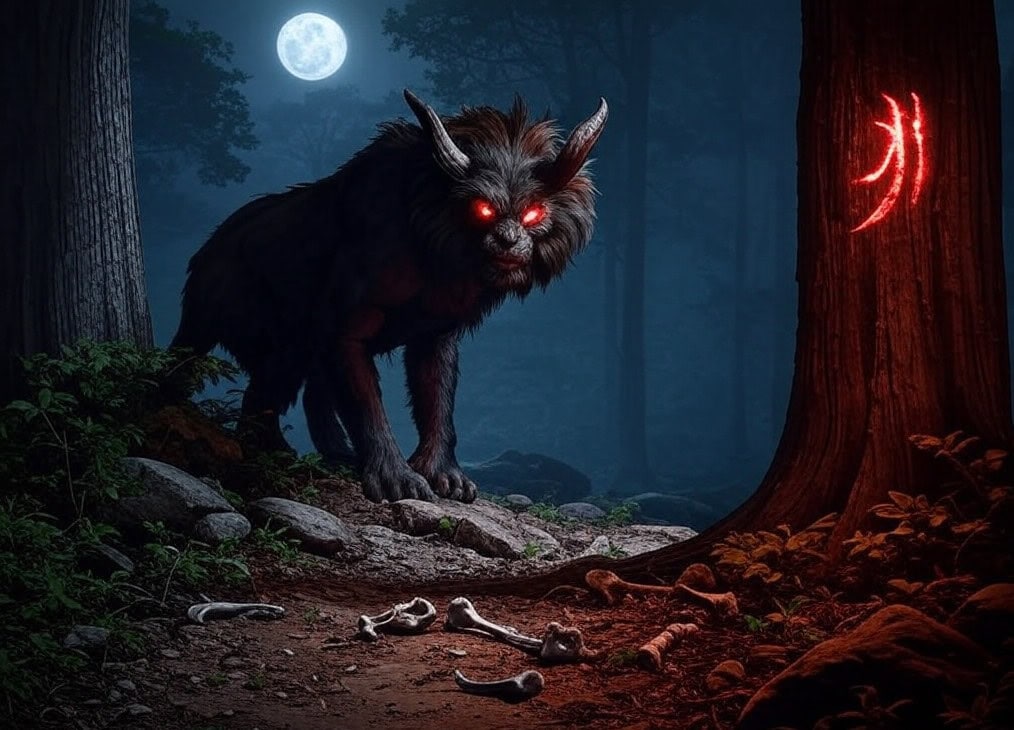
Why It's Unusual
While most cryptid legends involve creatures with a consistent description, the Ozark Howler's appearance seems to change depending on who tells the story.
Some say it resembles a panther, and others claim it has a stockier build, like a bear. The glowing eyes and horn-like features add a supernatural twist, making it harder to categorize.
The eerie sounds it makes have been recorded in some areas, but they haven't been tied definitively to any known animal.
This leaves open the possibility that there is something out there that science hasn't yet documented.
Unlike famous cryptids such as Bigfoot or the Chupacabra, the Ozark Howler isn't tied to a single town or location, it has been "spotted" across four states.
Its legend has also been fueled by hoaxes, including fabricated evidence and exaggerated reports, which makes separating fact from fiction even harder.
Some researchers believe the story was spread intentionally to discredit cryptid investigations, adding another layer to its mystery.
Unusual Experiences to Be Obtained
- Exploring the dense forests of the Ozarks to search for tracks or signs of the creature.
- Listening to the distinctive howl in rural areas at night.
- Researching early newspaper reports and witness accounts for patterns in sightings.
- Comparing accounts of the Ozark Howler with similar cryptid legends from other regions.
The Ghosts of the Elms Hotel: Luxury Meets the Paranormal
A Grand Hotel with a Haunted Reputation
The Elms Hotel in Excelsior Springs, Missouri, has stood as a symbol of elegance for well over a century.
First built in 1888, it catered to guests drawn to the area's mineral springs, which were believed to have healing properties.
Over the years, the hotel burned down twice, once in 1898 and again in 1910, before reopening in 1912.
Despite these setbacks, the Elms continued to attract visitors, from wealthy travelers to gangsters like Al Capone, who reportedly stayed there during Prohibition.
The hotel has undergone multiple renovations, but its haunted reputation remains.
Guests and staff have reported unexplained footsteps, voices echoing in empty halls, and even full-body apparitions. Some say the spirits of past guests never checked out.
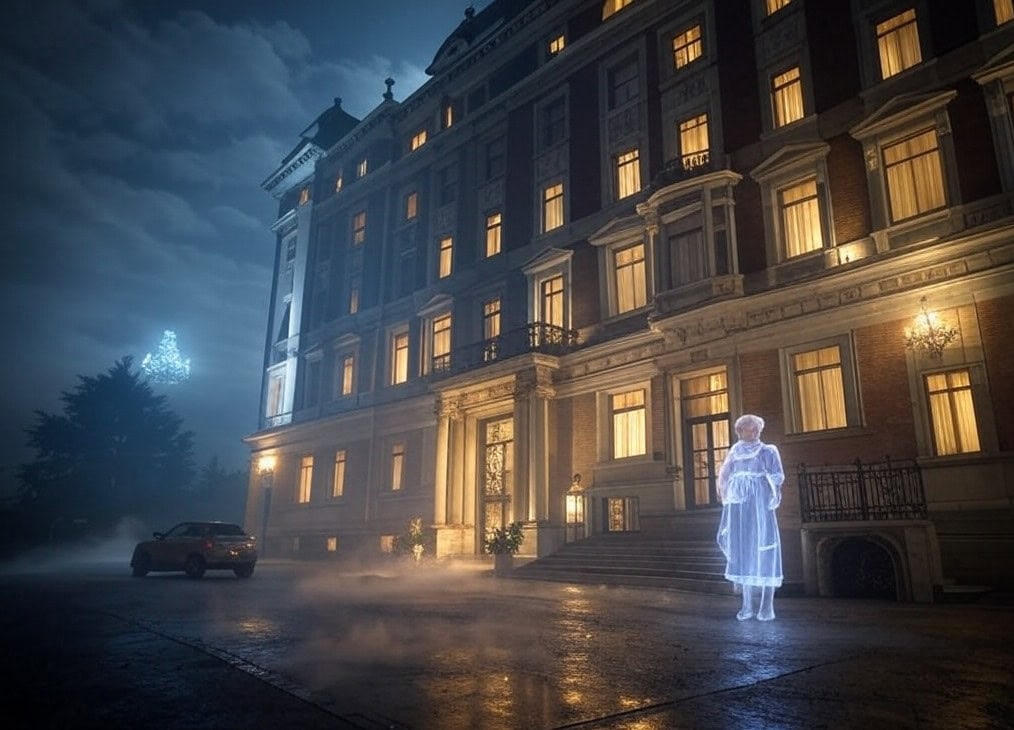
Why It's Unusual
Unlike many haunted locations, the Elms Hotel is still in operation and welcomes visitors daily.
Most ghost stories center around abandoned asylums or forgotten mansions, but this is a functioning business where people stay overnight.
The contrast between its luxurious setting and its eerie history makes it stand out.
The hotel's basement adds to the mystery. During Prohibition, it was used as a speakeasy, and some claim that violent events from that era left an imprint on the space.
Many paranormal encounters happen in that area, leading some to believe that spirits from the 1920s still linger.
Unusual Experiences to Be Obtained
- Booking a stay in one of the rooms known for ghostly activity.
- Exploring the hotel's basement during one of its scheduled ghost tours.
- Speaking with hotel staff about their paranormal encounters.
- Reviewing historical records to learn about the fires, Prohibition-era guests, and past ownership changes.
Zombie Road: Missouri's Haunted Pathway
A Forgotten Trail with a Dark Past
Tucked away in Wildwood, Missouri, just outside St. Louis, there's an old trail once known as Lawler Ford Road, though most people now call it Zombie Road.
Once a simple dirt road that led to the Meramec River, it has since become famous for its ghost stories, eerie sightings, and unsettling atmosphere.
The road was abandoned for years, but even after being repurposed as the Rock Hollow Trail, its haunted reputation remains.
The road's history stretches back to the mid-19th century when it was used to transport goods and workers. Over time, it became a known route for travelers heading toward the river.
As industry in the area faded, so did the road's primary use, and by the mid-20th century, it was little more than a forgotten path.
That's when the stories started.
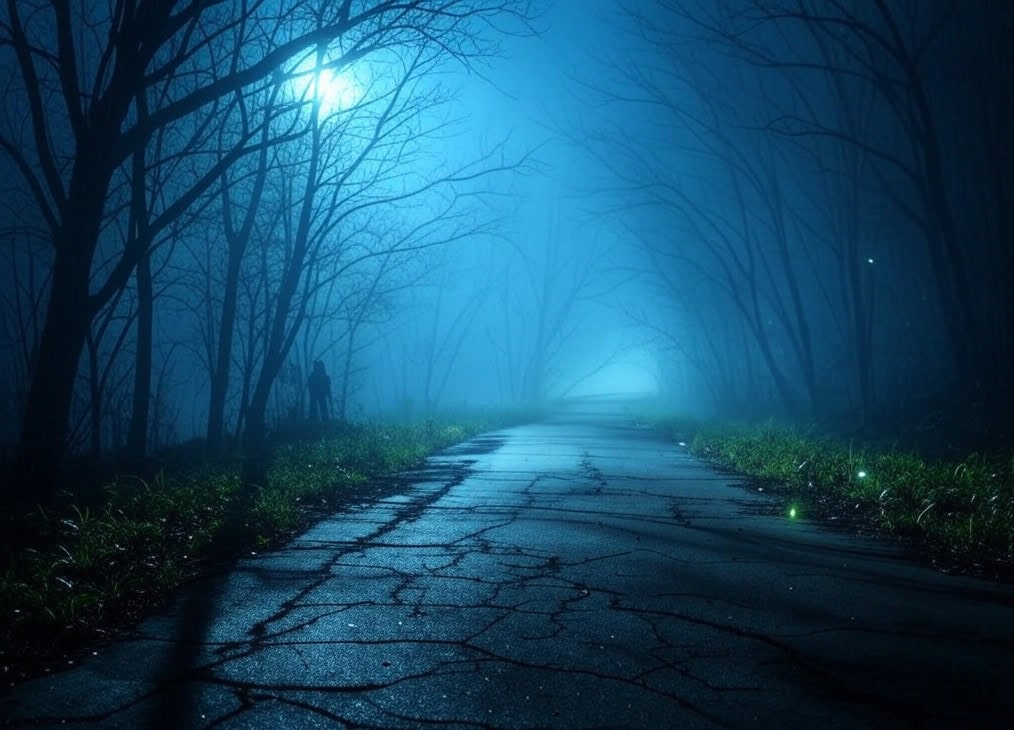
Why It's Unusual
Many ghost stories revolve around old houses, cemeteries, or abandoned hospitals, places with direct links to death.
Zombie Road, on the other hand, is an open path in the woods, yet it has built a reputation as one of Missouri's most haunted places.
People claim to have seen shadowy figures darting between trees, heard voices whispering when no one else was around, and spotted glowing orbs floating in the darkness.
Some say they've encountered the spirit of Della Hamilton McCullough, a woman who was struck by a train on the tracks nearby in 1876.
Others tell of ghostly Native American figures or even spirits of long-gone industrial workers.
Adding to the unease is the fact that Zombie Road has also been linked to real-life crime. In the 1950s and 60s, it was reportedly a dumping ground for murder victims, which only deepened its unsettling reputation.
Over the years, it has been associated with everything from tragic accidents to disappearances, making it a mix of legend and documented events.
Its transformation from an old road into a designated trail adds another strange element: despite being open for public use, it remains a place many refuse to visit after dark.
Unusual Experiences to Be Obtained
- Walking the trail at dusk to experience the eerie atmosphere.
- Listening for unexplained sounds or voices while exploring the area.
- Researching historical records on the train accidents and industrial workers linked to the road.
- Joining a guided tour focused on the trail's haunted history.
The Joplin Spooklight: A Floating Mystery on the State Line
A Light That Won't Disappear
The Joplin Spooklight, sometimes called the Hornet Spooklight, has been baffling people for well over a century.
This glowing orb appears near the Oklahoma-Missouri border, west of Joplin, along a remote stretch of road known as the Devil's Promenade.
Reports of the light date back to the late 1800s, but the legend gained more attention in the 1940s when newspapers and local businesses started using it to draw tourists.
Unlike other ghost stories tied to a specific event or person, no one really knows where the Spooklight comes from. Some believe it's the wandering soul of a lost Native American searching for a home.
Others claim it's an unexplainable atmospheric phenomenon, something natural but poorly understood. Scientists and researchers have tried to pin down its origin, yet no single explanation has settled the debate.
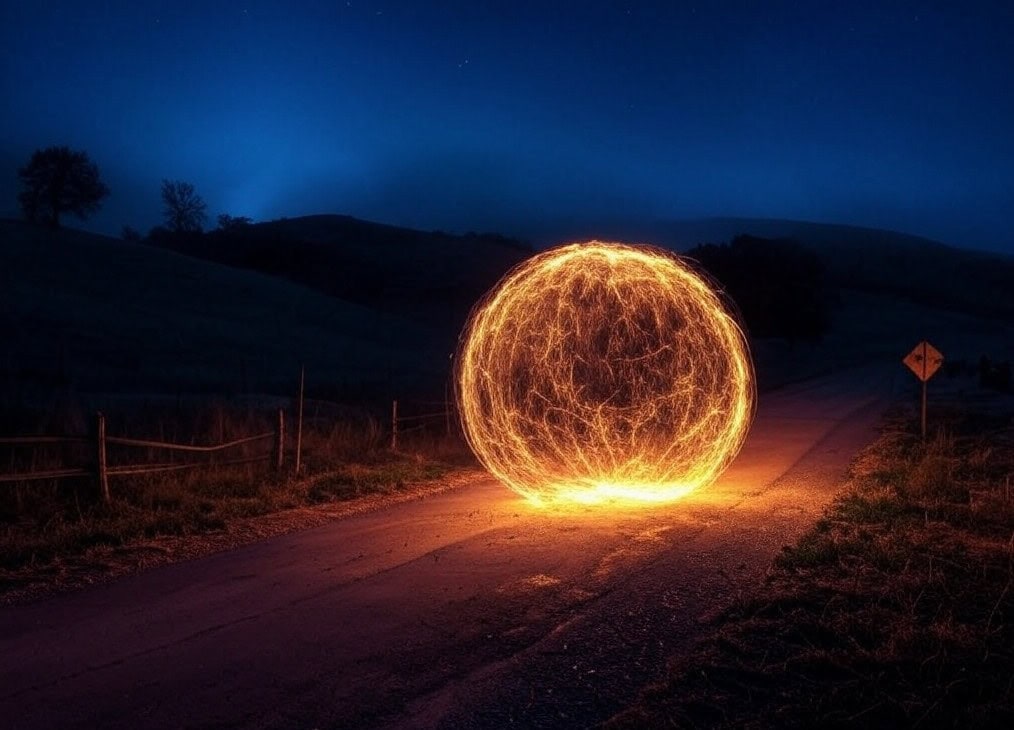
Why It's Unusual
The Spooklight isn't like most ghostly sightings, which tend to be vague or fleeting. This glowing orb appears regularly and has been seen by hundreds, if not thousands, of people.
It moves, changes brightness, and sometimes splits into multiple lights before disappearing.
Over the years, the Army Corps of Engineers, college scientists, and paranormal investigators have studied the area, trying to figure out what causes it.
Some think it's caused by the refraction of headlights or distant lights bouncing off moisture in the air. Others argue that those explanations don't account for the light's movement or the fact that it's been reported since long before cars existed.
Unlike many urban legends that exist mostly through word-of-mouth, the Spooklight has been photographed, filmed, and studied for decades.
It's also an ongoing mystery; people still see it today, and no one can fully explain why. Even local businesses and tourism groups acknowledge it, with some restaurants and hotels incorporating it into their branding.
Unusual Experiences to Be Obtained
- Driving down the Devil's Promenade at night to spot the Spooklight.
- Talking to locals who have seen it firsthand.
- Comparing historical reports from early sightings to modern descriptions.
- Testing different scientific theories by viewing the light from various angles.
Disclaimer: The illustrations in this article are artistic representations created for informational purposes only. They are not actual photographs or direct visual documentation of the events, locations, or figures depicted.

